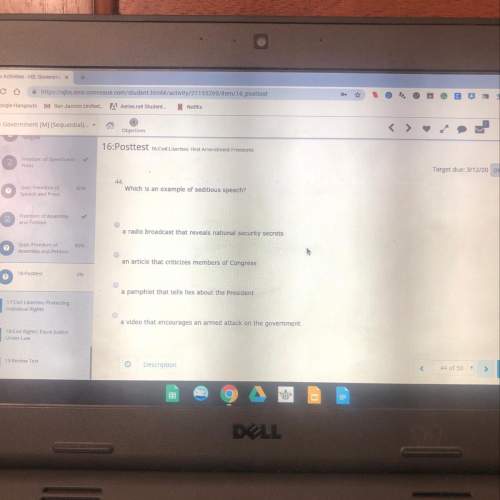Use the following two images to answer all parts of the question that follows.
Image 1
NANDAL...

History, 05.04.2021 19:20 NarutoBeast8049
Use the following two images to answer all parts of the question that follows.
Image 1
NANDALAL BOSE, INDIAN ARTIST, BAPUJI [FATHER], LINOCUT PRINT, 1930
Bapuji, 1930 (linocut), Bose, Nandalal (1883–1966) / Private Collection / Photo © Christie’s Images / Bridgeman Images
The print shows Mohandas Gandhi at the Dandi Salt March, one of the landmark events in Gandhi’s campaign of nonviolent resistance to British colonial rule in India.
Image 2
ALBERTO DIAZ GUTIERREZ KORDA, CUBAN PHOTOGRAPHER, GUERRILLERO HEROICO [THE HEROIC GUERRILLA FIGHTER], PHOTOGRAPH, 1960
zoom_in
Banque d’Images, ADAGP / Art Resource, NY © 2015 Artists Rights Society (ARS), New York / ADAGP, Paris
The photograph shows Latin American Marxist revolutionary Ernesto [Che] Guevara.
a. Identify ONE common historical process in the twentieth century that is reflected in both images.
b. Explain ONE difference in the tactics individuals such as Gandhi and Che Guevara (or the groups they represent) adopted to achieve their political goals.
c. Explain ONE way in which images such as these can be seen as an example of the political uses of art in the twentieth century.

Answers: 1


Another question on History

History, 21.06.2019 21:30
What enabled the drastic increase in us troop development to vietnam between 1964 and 1965?
Answers: 1

History, 22.06.2019 02:30
When there are advances in technology, such as the personal computer, how might business productivity change? a) productivity is separate from technological advances so there is no impact. the new technology can replace outdated, less efficient, machinery. o) the businesses' products will no longer be demanded. d) manufactured items will be made elsewhere.
Answers: 1

History, 22.06.2019 04:30
4. argument take the perspective of a foreign soldier volunteering to serve in the united states in the fight against the british. write a letter to family back home explaining why you have decided to risk your life in this cause.
Answers: 2

History, 22.06.2019 07:30
All of the following were restrictions on free african americans, who lived primarily in the upper south except:
Answers: 3
You know the right answer?
Questions





English, 05.05.2020 11:05


History, 05.05.2020 11:05

Mathematics, 05.05.2020 11:05



Mathematics, 05.05.2020 11:05


Geography, 05.05.2020 11:05

Mathematics, 05.05.2020 11:05


Mathematics, 05.05.2020 11:05

Mathematics, 05.05.2020 11:05

Mathematics, 05.05.2020 11:05





